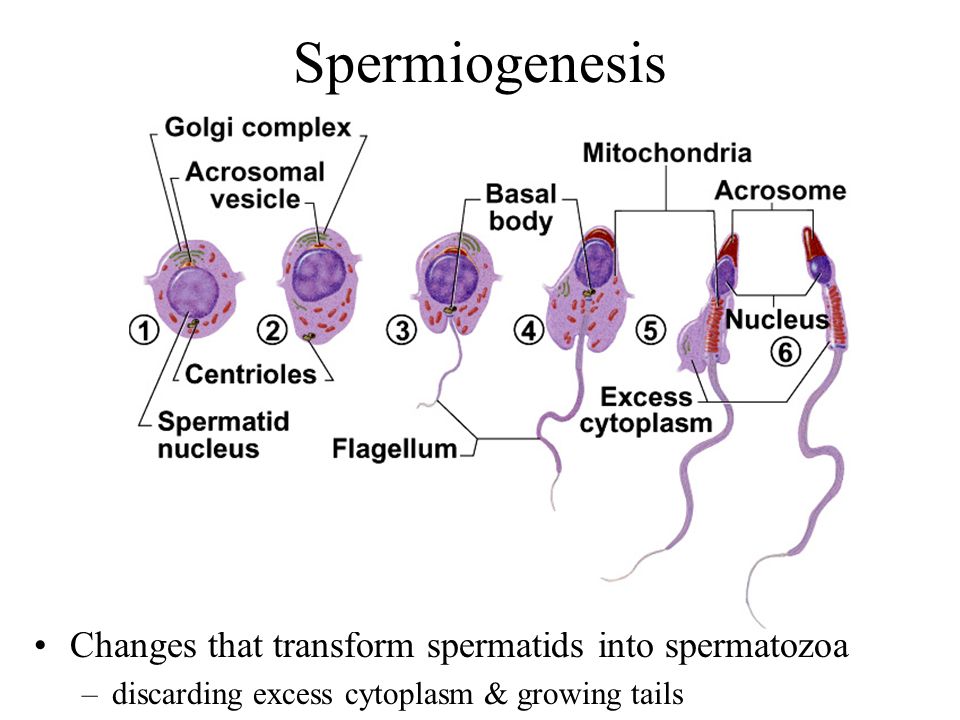How does a spermatid differ from a spermatozoa?
1 Answer
Genetically a spermatid is same as a spermatozoa, but the two cells are absolutely different in appearance under microscope. Moreover the spermatozoa is highly motile.
Explanation:
Spermatids are formed at the end of meiosis in male gonad, called testes. Spermatids are normal looking animal cell, with haploid number of chromosomes. To transform into a spermatozoa, spermatid must undergo metamorphosis (=spermiogenesis).
Most of the cytoplasm is discarded from spermatid, golgi bodies give rise to a special vesicle where accumulation of lysosomal enzymes takes place and it is now termed acrosome, mitochondrial cloud and a flagella appear so that the cell can become motile.
- Spermatid is large roundish, regular cell with cell organelles in it. Spermatozoa is needle like, which has three distinct parts: head, middle piece and tail.
- Spermatid has golgi body, spermatozoa has acrosomal cap: rest of the golgi is discarded during metamorphosis.
- Nucleus in spermatid is large, round. In spermatozoa, nucleus is dehydrated and oblong in shape.
- Centrioles are adjacent to nucleus in spermatid, one of which in spermatozoa acts like a basal body as tail filaments arise from it.
- Mitochondria remain scattered in spermatid. In spermatozoa, a mitochondrial cloud occupies the middle piece.
- Spermatid is haploid but nonmotile, but spermatozoa can move by using flagellar tail.
Spermatid cannot be used as gamete. Spermatozoa is functional gamete, designed to successfully fertilise an egg cell.
Please read this answer to know more about structure of spermatozoa.

( )
)
